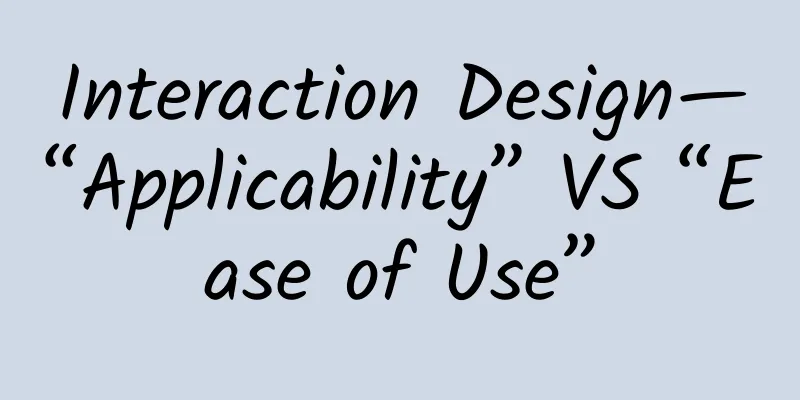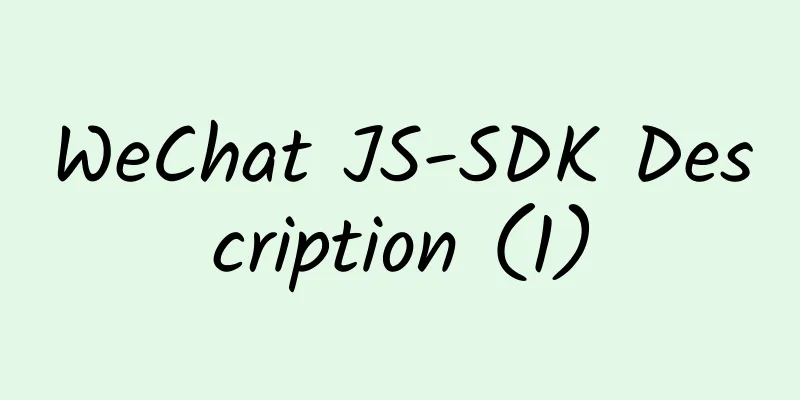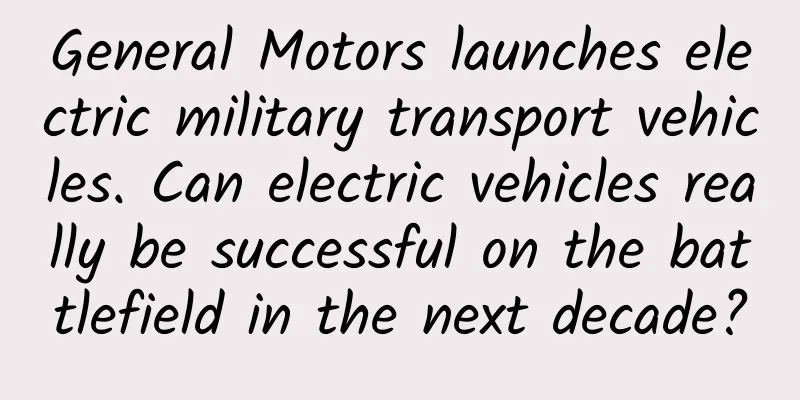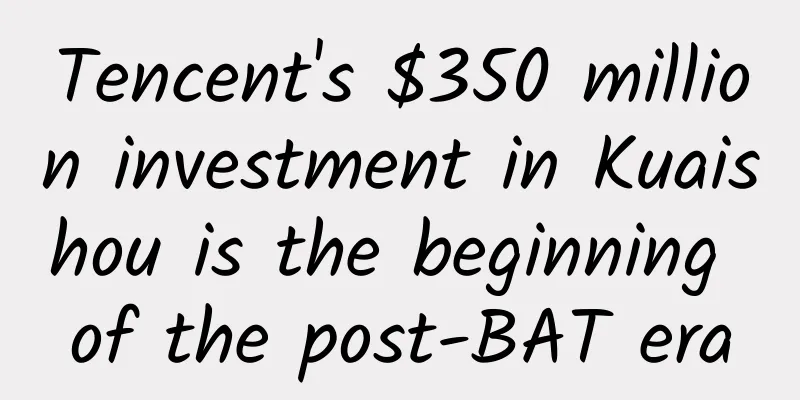Interaction Design—“Applicability” VS “Ease of Use”

|
I believe everyone has the experience of going to a bank teller machine to withdraw money. There are many complaints about the operating details of the teller machine, such as it takes a long time to study the direction of the card insertion; the physical buttons are misaligned with the screen buttons, etc. These make people very unhappy during use and need to be improved. However, in the process of withdrawing money, there is a setting that will also make it inconvenient for users, but I think this inconvenience is necessary. "Applicable but not necessarily easy to use" is the theme I want to talk about today, because in life, there are indeed some designs that make you feel that the operation is cumbersome, it is not "easy to use", but its existence is necessary because it is "applicable". Let’s go back to the example of the ATM. Let me first show you this comparison picture. I guess everyone has encountered the two cash withdrawal processes AB. The biggest difference between them lies in the last step, whether you withdraw a card or cash at the end. If we evaluate the process, A is the smoothest and most complete. The first step is to insert the card, and you can withdraw money multiple times during the process. The last step is to take the card. The operation objects at the beginning and end are both bank cards, which is a complete process. But in fact, whether it is my colleagues or my own personal experience, we have all encountered accidents where people forgot to take the card after withdrawing money, resulting in tragic property losses. In fact, if the ATM at that time used Plan B, the tragedy could have been avoided. "Withdrawing money" is the purpose of using the ATM, so in the whole process, the user is most concerned about whether the money has been received. Once the money is in hand, the purpose is achieved, the user's task is completed, and the process is over for the user. The problem with plan A is that the user's process is not synchronized with the process required by the ATM. The step of "taking the card" is arranged after the end of the user's process, so it is easy to be overlooked. In plan B, "taking the card" is a pre-step to "withdrawing money", which is within the user's operational focus, ensuring the execution of this behavior and avoiding the occurrence of tragic events. From the perspective of interactive design. Compared with Plan A, Plan B is inconvenient. If you want to withdraw money multiple times, you have to repeat the process multiple times, but it guarantees the execution of the "get card" step. Therefore, interactive design is not necessarily the most convenient solution, because in this usage environment, it must first ensure the least errors. Of course, under the premise of "ensuring the least errors", we still need to work towards "convenience". For example, later I found that Plan A has an optimized version, which is not as cumbersome as B, and also ensures the safety of the card. Of course, it still cannot guarantee that you will remember to take back the bank card 100%. The steps are as follows. A2 is an improved process of A. After withdrawing money, you do not need to take out the card and reinsert it to withdraw money again. You only need to re-enter the password and amount. It is more convenient than solution B and does not interrupt the overall process. Although the "taking out the card" step is still after "withdrawing money", it has found a balance between "convenience" and "security", meeting the ultimate demand of "applicability". The example of the ATM is a bit boring, so let's do something more interesting. This app is very suitable for lazy people. Either smash the machine or give the correct answer. Anyway, it can't let you turn off the alarm easily. Our Gmail classmates also have a thoughtful function, here is its function description:
These examples tell us that interaction design must take into account different usage environments, and sometimes it is not necessarily "easy to use". |
<<: How Apple is lowering the bar for medical research through software development
>>: Facebook dominates mobile! Daily active users reach 800 million
Recommend
User operation, how to formulate user rebate strategy?
Since the incentive rebate for reading has been v...
4K smart TVs are not worthy of their name and ecological shortcomings restrict large-scale application
In the past two months, the smart TV market has b...
Will an unstoppable cough lead to pneumonia? Huaxi doctors: Beware of these obvious symptoms!
"Cough, cough ... Coughing is really annoyin...
How to use the points system to stimulate user retention (Part 2): How to build a reasonable points system
After understanding the relevant concepts of inte...
Epic summary: Ten common characteristics of the top companies in the past century
[[155607]] In the 19th century, entrepreneurial o...
Operation skills and monetization methods of B station film and television accounts!
It is very easy to be an up master on Bilibili. A...
Case Analysis | A Complete Analysis of Xueersi Online School’s User Growth System
Xueersi Online School is an online education bran...
Is it possible to achieve vegetable freedom by growing vegetables on the balcony?
Now everyone knows that vegetables are worth grow...
The bigger the mosquito bite, the more poisonous the mosquito is?
It is the golden season of "being sucked blo...
Drink a cup of it before meals to control disease and lower blood sugar
Recently, a study published in the British Medica...
Luan Enjie, the first commander-in-chief of the lunar exploration project: a man who looks up to the stars but keeps his feet on the ground
Hegel once said that a nation has hope only when ...
Training deep residual neural networks based on boosting principle
1. Background 1.1 Boosting Boosting[1] is a class...
Product Operation: How can products improve user stickiness?
Low-frequency, rigid-demand products have multipl...
XY Apple Assistant: Recommended must-have gadgets for spring outings
As the temperature continues to rise, it is a goo...
More than 31,000 SAIC passenger cars sold in February, up 139% year-on-year; a new pattern of the automobile market is expected to take shape
SAIC Passenger Vehicle’s sales in February exceed...









